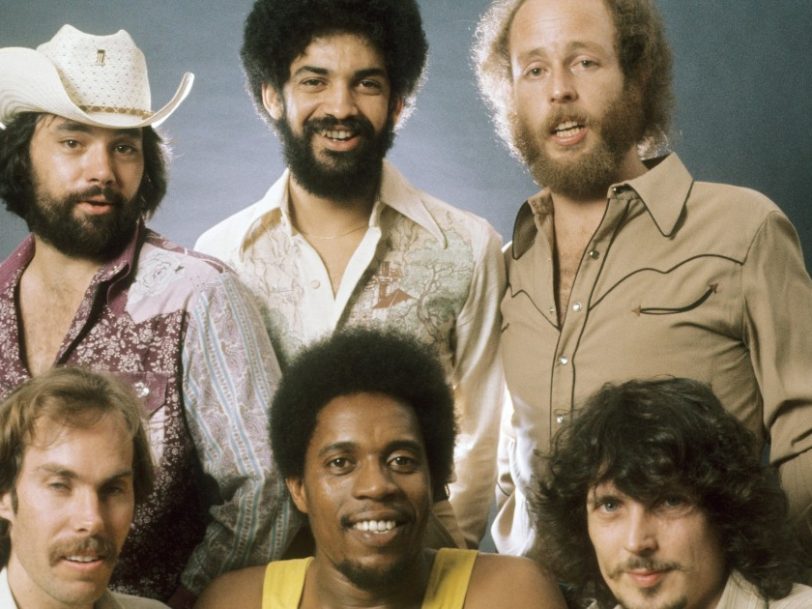While Sailin’ Shoes, the second album by Lowell George’s Little Feat, might not have set the charts alight on its initial release, it’s now regarded as a classic, and was a pivotal record for the group.
We have Frank Zappa to thank for Little Feat’s formation. George had joined Zappa’s Mothers Of Invention on rhythm guitar and vocals in late 1968; his supreme musical talent saw him quickly become an integral part of Zappa’s sound, but he left the Mothers in May 1969. George later claimed at a 1975 Little Feat gig that he was fired by Zappa because he “wrote a song about dope”. Other accounts suggest that, on hearing the song, titled Willin’, Zappa was impressed enough to tell George to follow his own musical path. Either way, Zappa would later play a vital part in Little Feat signing to Warner Bros Records.
Listen to ‘Sailin Shoes’ here.
George took Mothers bassist Roy Estrada with him, adding pianist Bill Payne (the two musicians had hit it off when Payne auditioned unsuccessfully for the Mothers) and drummer Richard Hayward, formerly of The Fraternity Of Man. The newly christened Little Feat got down to business, working up the songs that would feature on their 1971 self-titled debut album.
“These guys were monsters in terms of musicians”
Sessions for that record took place from August to September 1970, with Russ Titelman (Randy Newman, Christine McVie, Rickie Lee Jones) on production duties. George had badly injured his hand while working on a model airplane, so Ry Cooder played slide guitar on Willin’.




